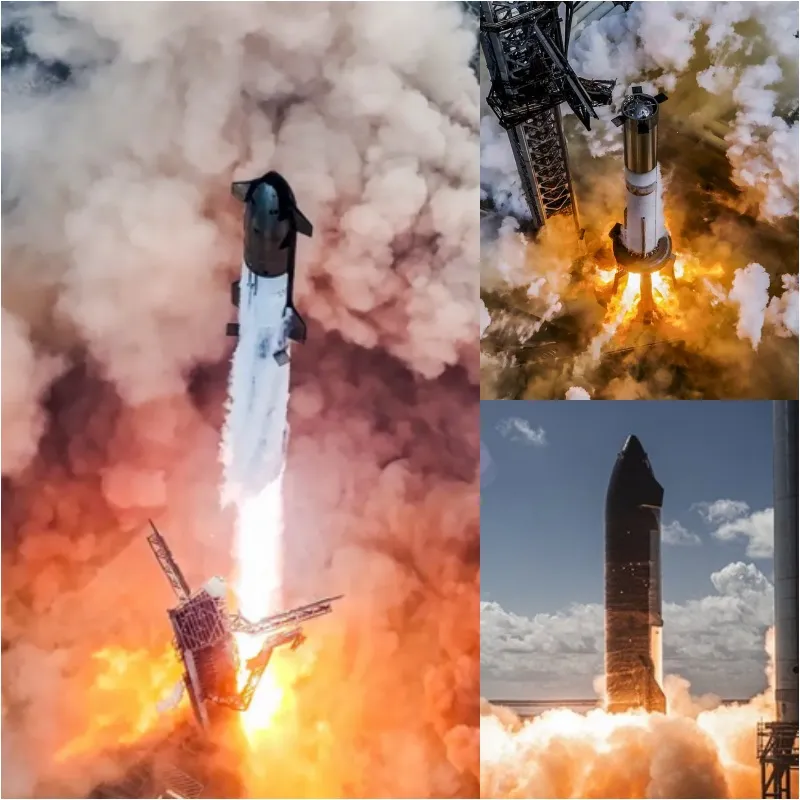SpaceX Abandons ‘Chopsticks’ in Starship Booster Recovery Attempt
In its sixth test launch, SpaceX’s Starship rocket successfully lifted off but marked a departure from a key innovation—the use of “chopsticks” to recover the Super Heavy booster. Instead, the booster landed in the sea and subsequently exploded.
The Launch
The launch occurred on November 19 at SpaceX’s Starbase facility in Boca Chica, Texas. At 4 p.m. local time, the Starship rocket system ignited its 33 Raptor engines, propelling it into space. About three minutes after liftoff, the Super Heavy booster and the Starship upper stage separated successfully.
Unlike its fifth test flight in October, SpaceX opted not to attempt the groundbreaking “chopsticks” recovery using the launch tower. Instead, the booster performed a water landing approximately seven minutes post-launch. However, video footage from Everyday Astronaut showed the booster collapsing and exploding into a fireball upon impact with the ocean.
SpaceX has not specified why the chopsticks were not used, stating only that many technical factors need to align for the method to be viable.

Starship’s Upper Stage Pushes the Limits
Approximately 40 minutes into the flight, the Starship upper stage began its descent back to Earth. SpaceX deliberately tested its resilience by removing over 20,000 heat shields, exposing the vehicle to extreme heat and pressure during re-entry. Despite these conditions, the upper stage successfully landed intact in the Indian Ocean about 65 minutes after launch.
“It turns out that this vehicle is capable of more than we thought and predicted. That’s why we test it,” said SpaceX engineer Kate Tice.
To improve future analysis, SpaceX timed this test to ensure a daytime landing for clearer footage, contrasting with previous nighttime landings that provided limited data.

Aiming for Mars
The Starship rocket system, the tallest (120 meters) and most powerful rocket ever built, is central to Elon Musk’s vision of sending humans to Mars. The system generates nearly 8,000 tons of thrust, pushing the boundaries of rocket technology.
Previous Tests
1. First Test (April 2023): Three engines failed during liftoff, leading to loss of control and self-destruction.
2. Second Test (November 2023): Achieved stage separation but saw the booster explode and the upper stage self-destruct.
3. Third Test (March 2024): The upper stage reached space but failed to return intact.
4. Fourth Test (June 2024): Both stages landed in the sea after the upper stage reached an altitude of over 200 km.
5. Fifth Test (October 2024): Successfully captured the booster with the Mechazilla launch tower using “chopsticks,” marking a milestone in reusability.

The Road Ahead
While this sixth test flight demonstrated further advancements, the loss of the booster underscores the challenges SpaceX faces in perfecting its recovery systems. The decision to forego the “chopsticks” this time reflects the complexity of balancing risk with innovation.
As SpaceX continues refining Starship, each test brings the company closer to its ultimate goal: enabling interplanetary travel and making Mars colonization a reality.




Post Comment